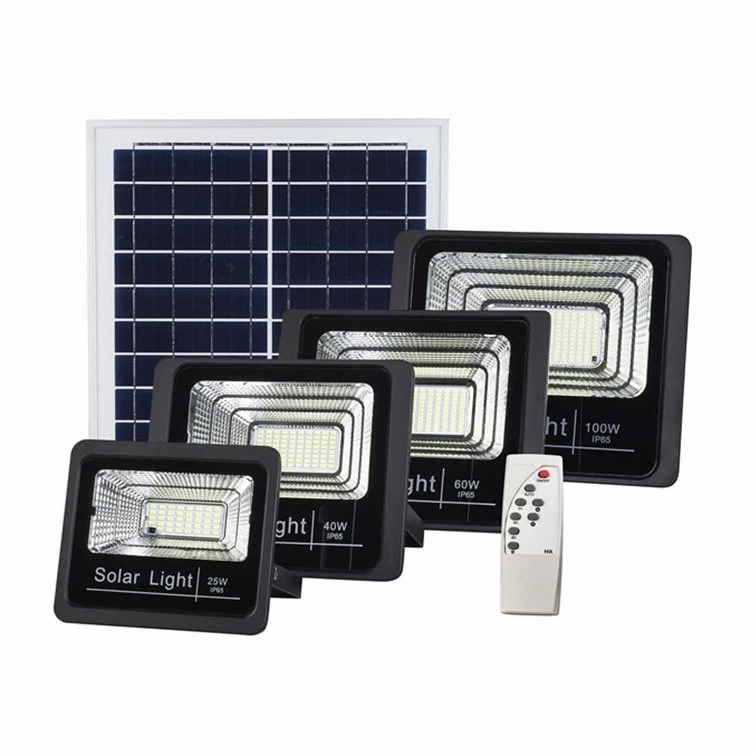
Solar tracking systems are used to keep photovoltaic panels facing the sun and help maximize your investment in photovoltaic systems.
They are helpful because the position of the sun in the sky changes with the course of the day and the seasons of the year.
The advantages of using this tracker system mainly depend on its location to determine the extent to which it improves the effectiveness of the panel.
They can be most effectively used in low-level areas and in places where there is no shadow from dawn to dusk every day.
In a year, tracking arrays will be able to use a wide range of open access to get every available electron from the sun.
In this way, energy production is in the best state, and energy output is increasing year by year.
This is particularly important throughout the summer because it has long periods of sunlight to capture, and in many northern latitudes, the sun rises in the northeast and falls in the northwest without loss of energy.
For those with limited space, this means that only a smaller array needs to be installed. For those with smaller space, placing equipment is a huge advantage.
They will be able to produce maximum energy output, but only with a smaller solar home system.
However, solar tracking systems are not without shortcomings.
Independent photovoltaic household suite system is a very reliable and simple source of energy production.
The panel does not move and requires very little maintenance.
By adding a solar tracking system to the solar panel, you will add moving parts and gears, which will require regular maintenance of your solar system, repair or replacement of damaged parts.
If your electronic control tracker stops working and you don't have manual control, you can choose to manually locate your solar array south when purchasing to ensure that you will continue to capture as much solar energy as possible.
The arrays are fixed on four corners of the frame with ropes or belts and tied to poles or concrete pads.
Another possible disadvantage to note when purchasing tracking solar power systems is that a photovoltaic tax rebate plan for local utilities may be established.
Many of them are based on the size of photovoltaic arrays in your home devices, rather than the output of your photovoltaic arrays, which may mean less economic benefits for you.
If you have a small array, such as a 3-watt capacity, you may get less overall cost-effectiveness than other people with larger 4-watt arrays. -
Five watts of capacity, even if your energy production is higher than that of people using larger arrays, is due to increased sunlight exposure in your area.
The upfront cost of purchasing a family suite with a smaller array is lower, but you may receive smaller rebate checks.
Nevertheless, many regions are now beginning to shift from the rated power system of photovoltaic household systems to incentive schemes based on energy production.
For more details, please refer to the National Renewable Energy and Efficiency Incentive Database.
You can find more details about incentive plans on DSIReusa. org.
